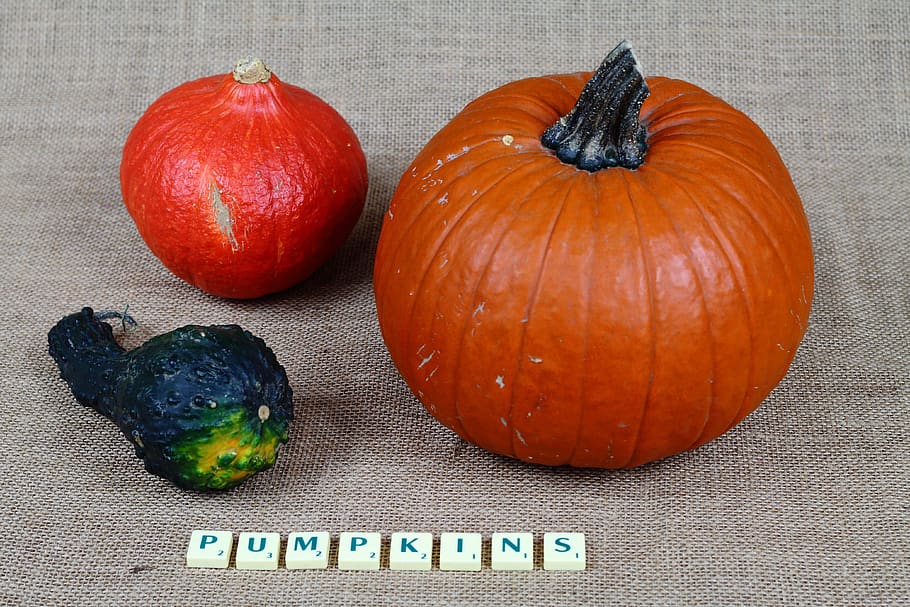

Τhis review finally seeks to elucidate the dynamics of rootstock-scion interactions and thus stimulate more research on grafting in the future. Finally, we provide with an extensive overview of gene expression changes recorded in grafted plants and how these are related to the phenotypic changes observed. In this aspect, we also discuss the process and the molecular aspects of rootstock scion communication. Furthermore, significant changes in DNA methylation are recorded in grafted scions, suggesting that these epigenetic mechanisms could be implicated in grafting effects. It is now evidenced that genetic exchange is happening across grafting junctions between rootstock and scion, potentially affecting grafting-mediated effects already recorded in grafted plants. Recent advances in plant science such as next-generation sequencing provide new information regarding the molecular interactions between rootstock and scion. Special emphasis will be drawn on the relation between vegetable grafting, epigenetics, and the changes in morphology and quality of the products. This review will emphasize on the important mechanisms taking place during grafting, especially the genomic interactions between grafting partners and the impact of rootstocks in scion’s performance. However, even though grafting has been used for centuries, until today, there are still many issues that have not been elucidated. It is also regarded as a rapid alternative to the relatively slow approach of breeding for increased environmental-stress tolerance of fruit vegetables. Commercial vegetable grafting is currently practiced in tomato, watermelon, melon, eggplant, cucumber, and pepper. Vegetable grafting is extensively used today in agricultural production to control soil-borne pathogens, abiotic and biotic stresses and to improve phenotypic characteristics of the scion.

3Institute of Applied Biosciences, Centre for Research & Technology Hellas, Thessaloniki, Greece.2Laboratory of Molecular Biology of Plants, School of Agricultural Sciences, University of Thessaly, Volos, Greece.1Institute of Plant Breeding and Genetic Resources, Hellenic Agricultural Organization (ELGO-Dimitra), Thessaloniki, Greece.Tubers can grow 15-100cm long and weigh in excess of 5-6kg.Aphrodite Tsaballa 1, Aliki Xanthopoulou 1, Panagiotis Madesis 2,3, Athanasios Tsaftaris 4,5 and Irini Nianiou-Obeidat 5 * Large, lush, deeply lobed leaves, similar in shape to paw paw. Tree will grow 2-3m it is a perennial with a bush foliage canopy. Source of Vit A, B1, B2, B3, B17, C with minerals calcium, iron, magnesium, phosphorous, zinc Cassava can be boiled, baked, roasted, made in to chips (our favourite), added to soups and casseroles, grated for cakes and many baked goods.
#Figleaf gourd when to pick up skin#
Tubers MUST be cooked with the lid off to deactivate the hydrocyonic acid after you have used a sharp knife to slice vertically to remove this thick outer skin which, when fresh, just peels away cleanly. Variagated cassava can be eaten also but needs thorough washing and cooking to remove the bitter taste.

Once tubers are harvested they need to be consumed (or cooked/frozen) within 5 days although they can be refrigerated to extend this another 5 days or so. Can be grown as a hedge with 1 metre spacing, After 2-3 months of growth, mound up the soil around the base to encourage root growth. Avoid water-logged soils and plant in a raised mound if necessary. During extreme drought bushes may drop their leaves but spring to life again when rain returns. Suggested Recipes: Cassava Cake, Spiced Cassava Cake, Root Vegetable CurryĬassava will grow in any soil from sand to heavy clay (it’s often used to break up compacted clay soils). Propagation: by stem cuttings 20-30cm long, with all leaves removed. Once they’re at least 15cm long they can be removed and the remainder continue to grow. Harvest by fossicking around the base of the main stem, feeling for tuber. Plant: Sept – March. During wet season – Spring, Summer, early Autumn in pots or directly into the ground (on a slight angle is recommended for greater root growth) Origin: Believed to have been domesticated in west-central Brazil, Beach climate – dryish with intermittent rains Cassava (aka manioc, manihot, tapioca and yucca)


 0 kommentar(er)
0 kommentar(er)
